Imagine a 1,500-year-old temple where monks practice not just silent meditation, but also fluid yet powerful martial arts. This is Shaolin Kung Fu—a living art born in China’s Songshan Mountains, seamlessly weaving Buddhist faith, Zen wisdom, and ancient combat into one profound tradition. Its spirit of “Chan (Zen) and martial arts as one” has deeply influenced Chinese martial arts and Buddhist practice for centuries.
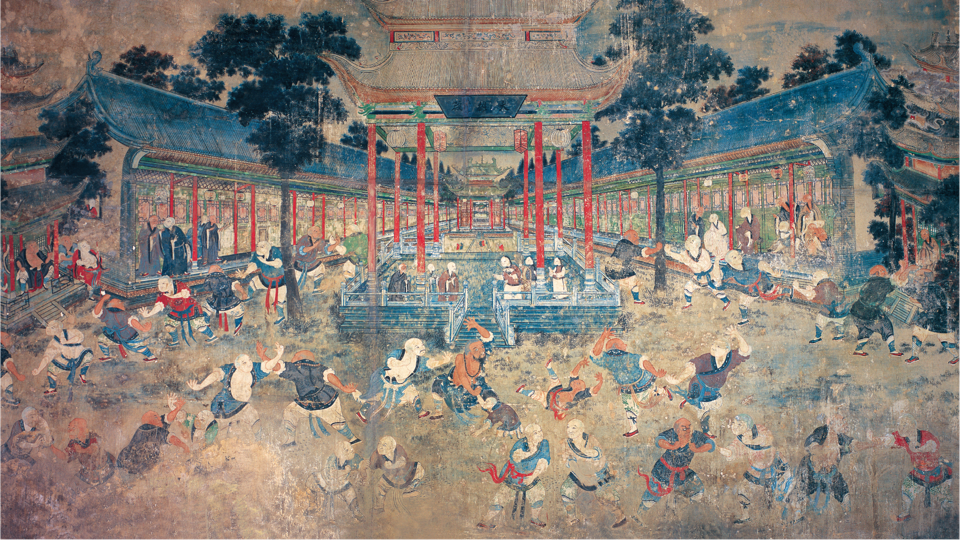
A Vast Universe of 700+ Martial Arts Forms
Shaolin Kung Fu isn’t just a “style” or a few fighting techniques. It’s an immense treasure vault of martial knowledge—one of China’s oldest, most diverse, and most complete systems. Ancient manuals preserved in the temple record over 708 distinct forms!
- 552 forms include barehanded techniques and weapon routines (178 fist forms, 193 weapon forms, 59 sparring sets).
- Another 156 forms encompass the legendary “Seventy-Two Unique Skills,” plus specialized practices like joint locks, combat techniques, bone-setting, pressure-point strikes, and Qigong (energy cultivation).
- Plus 115 related arts and practices.
From foundational fist sequences like Xiaohongquan (Small Flood Fist), Dahongquan (Great Flood Fist), and Luohanquan (Arhat Fist), to an arsenal of weapons (staff, spear, sword, broadsword, and more), and awe-inspiring “unique skills,” Shaolin Kung Fu builds a structured, all-encompassing martial universe.
The Art of Movement: Philosophy in Motion
Every Shaolin form is a sequence of meticulously crafted movements. This isn’t just combat—it’s wisdom rooted in ancient Chinese knowledge of the body. Each action balances dynamic and static elements, softness and hardness, outer form and inner spirit. At its core lies the principle of “Six Harmonies” (Liu He):
- Hands harmonize with feet
- Elbows harmonize with knees
- Shoulders harmonize with hips
- Heart (intent) harmonizes with mind
- Mind harmonizes with breath/energy (Qi)
- Breath/energy harmonizes with strength.
Training follows the ancient rule: “Three years of stance work, five years of fist.” Imagine spending years mastering rooted stances (“Zhan Zhuang”) combined with deep breathing! This reflects China’s ancient philosophy of “Harmony between Heaven and Humanity”: what aligns with nature’s laws is most effective. Refined over millennia, Shaolin Kung Fu has evolved into an optimized system that unlocks human potential through natural, harmonious movement.
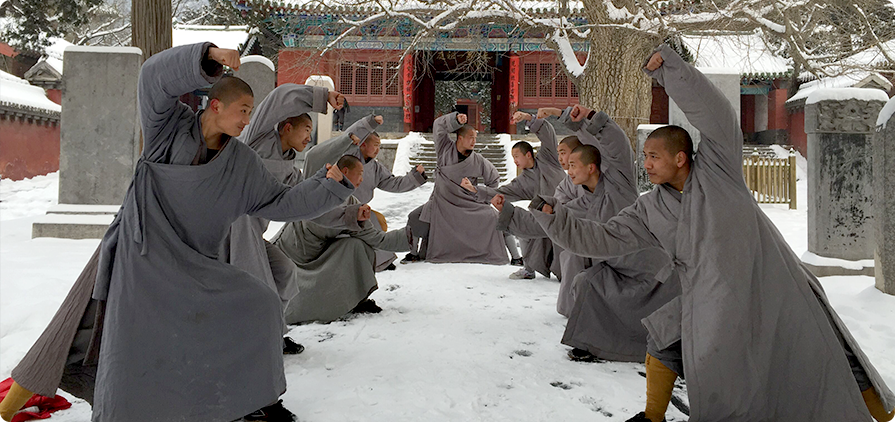
Divine Strength, Rooted in Faith
The power of Shaolin Kung Fu flows from deep Buddhist devotion. Practitioners seek both wisdom (represented by Bodhidharma, the First Patriarch of Zen) and strength (embodied by the guardian deity, Kinnara King). This quest for transcendent insight and power is central to Buddhist practice and is the unique soul of Shaolin Kung Fu.
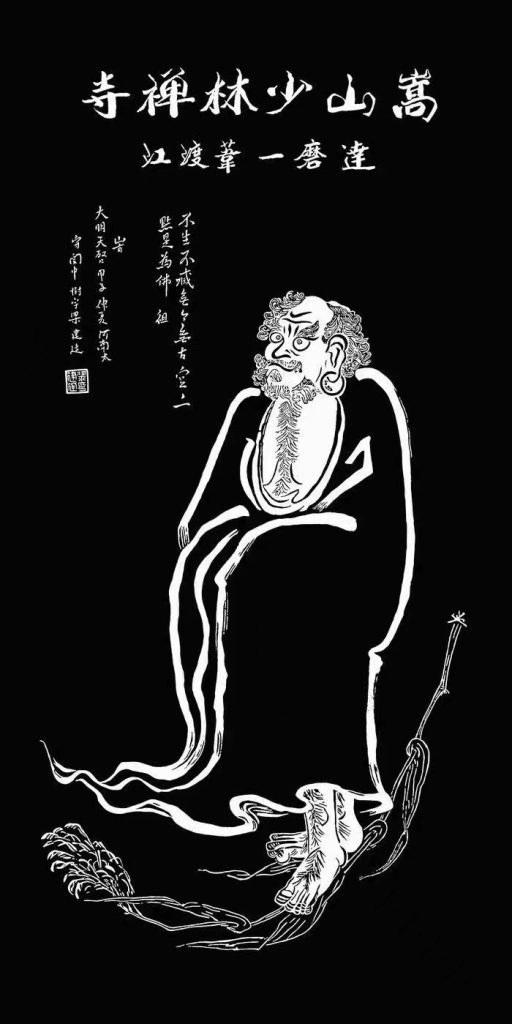
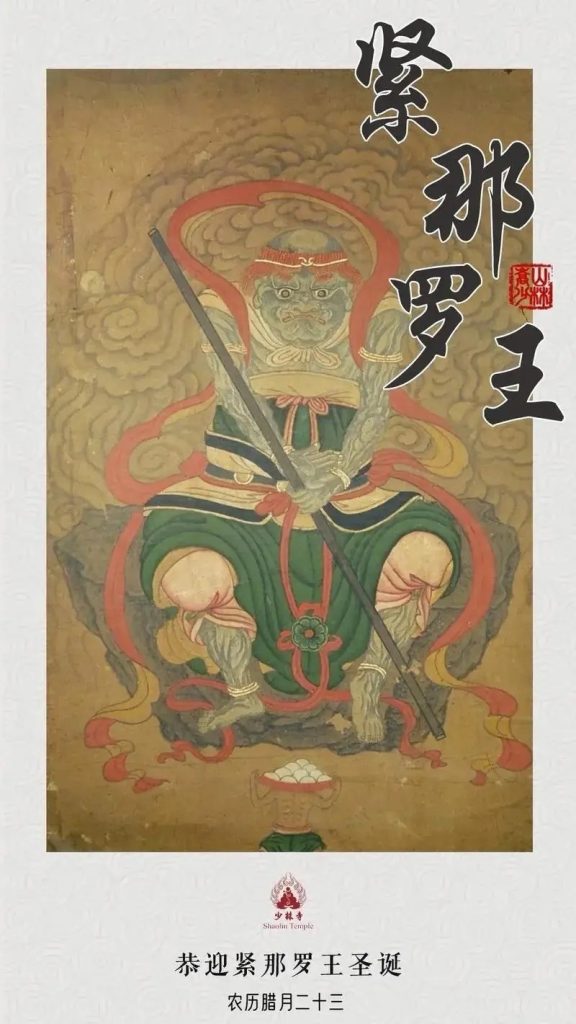
Chan Wu He Yi: Finding Stillness in Motion
The soul of Shaolin Kung Fu is Zen wisdom. Our story begins in 495 AD when Emperor Xiaowen of Northern Wei built Shaolin Temple for the Indian monk Batuo. Early monks, stiff from long meditation and facing threats in the wild Songshan mountains, needed exercise and self-defense. Batuo’s disciple, Sengchou, blended Indian yoga with Chinese martial arts, creating the “Eighteen Arhat Hands”—the seed of Shaolin Kung Fu.
In the 6th century, another Indian master, Bodhidharma, meditated facing a wall at Shaolin for nine years, founding Chan (Zen) Buddhism. Shaolin became the Zen ancestral temple. Zen is a radiant fusion of Indian insight and Chinese philosophy, transforming Buddhist contemplation of suffering into an affirmation of life and profound inner clarity.
Throughout history, Shaolin Kung Fu shone brightly:
- Late Sui Dynasty: The legend of “Thirteen Staff-Wielding Monks Rescuing Prince Qin (Li Shimin)” made Shaolin Kung Fu famous. The Tang Dynasty granted Shaolin the unique right to maintain monk-soldiers.
- Song & Yuan Dynasties: The systematic “Seventy-Two Unique Skills” took shape.
- Ming Dynasty: Monk Yuekong led Shaolin monks against Japanese pirates, battle-forging powerful staff and spear techniques.
- Qing Dynasty: Despite bans on martial arts, Shaolin Kung Fu thrived in the wider community, leading to seminal texts like the Shaolin Boxing Manual.
- Modern Era: Shaolin Monk Performance Troupes tour the globe, making Shaolin Kung Fu one of the world’s most recognizable symbols of Chinese culture.
By the Tang and Song dynasties, as Zen flourished, Shaolin Kung Fu transformed. “Chan Wu He Yi” (Zen and martial arts as one) became its core ideal and ultimate goal. This wasn’t just theory—it was practice. Texts like the Yijin Jing (Muscle/Tendon Changing Classic) merged physical exercises (Daoyin) with Zen meditation, creating a unique path of cultivation through movement and stillness.
Zen elevates martial arts beyond combat, infusing it with ease, presence, and a transcendent quality. Practitioners use a Zen mind to guide martial skill, finding life’s truths in the dance of motion and stillness, cultivating fearless wisdom.
Martial Arts provide Zen a “path to enlightenment through action,” embodying profound insights through the physical body.
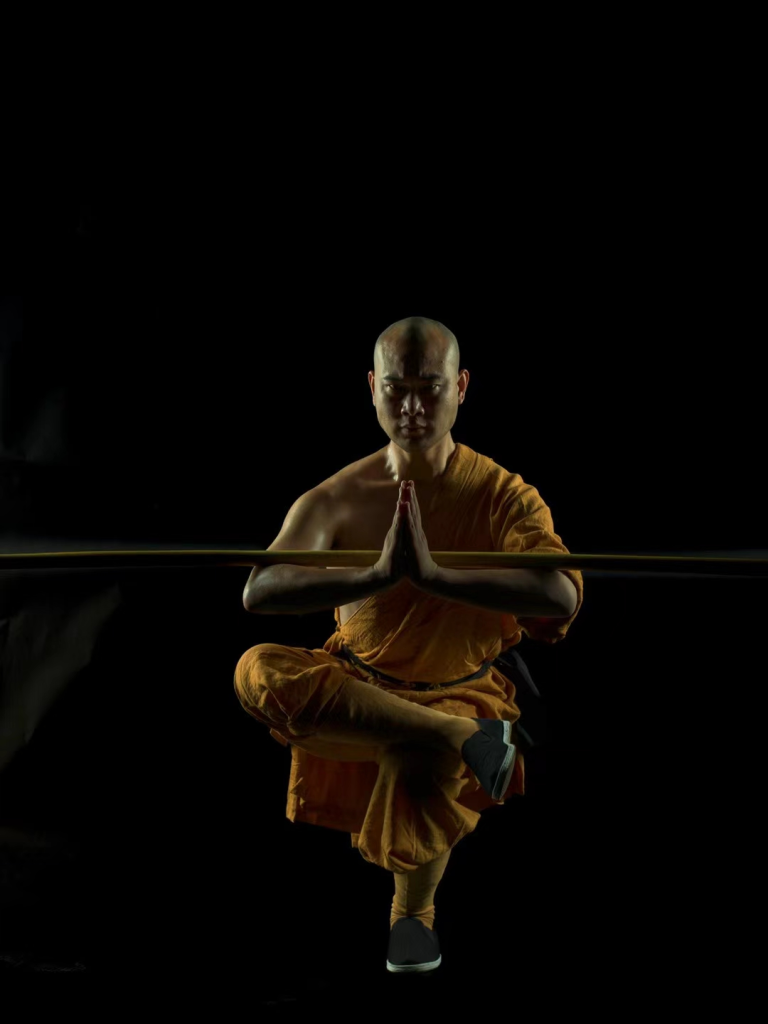
Discipline & A Thousand-Year Lineage
Shaolin monks live by core Buddhist precepts (against killing, stealing, sexual misconduct, intoxication, and false speech). Within Shaolin, these naturally shaped martial practice, fostering humility, restraint, focus on internal power, and a preference for defense over aggression. Kung Fu is cultivation, not violence.
Transmission is heart-to-heart. It relies on oral teachings, personal example from master to disciple, diligent practice, and deep realization. Mastering higher levels often hinges on a master’s timely guidance and a disciple’s sudden insight—embodying “Chan Wu He Yi.” This flows through Shaolin’s ancient master-disciple system, preserving an unbroken lineage for over a thousand years. Even today, Shaolin maintains its training centers and lineage structure.
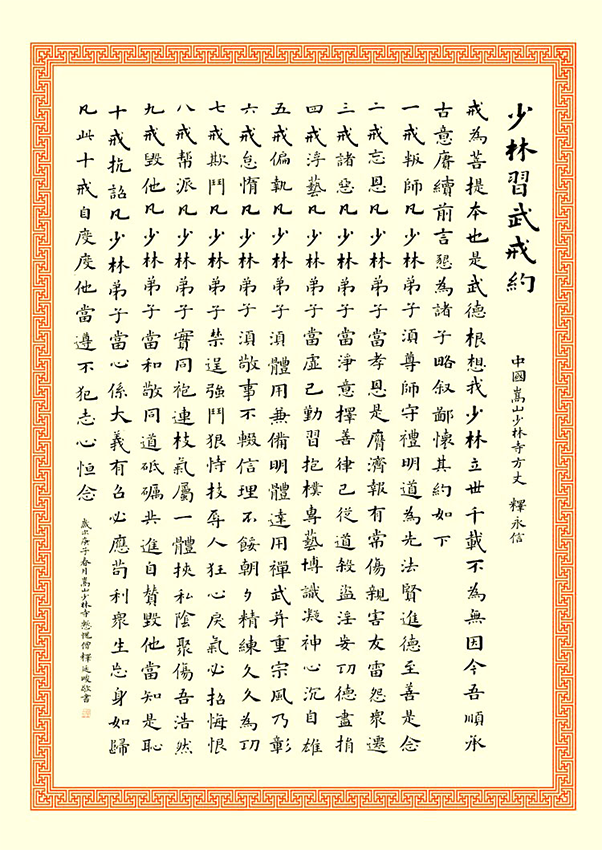
Begin Your Shaolin Journey: Join the Legacy
The magic of Shaolin Kung Fu lies in its power as both awe-inspiring martial art and a pathway to inner peace through Zen. It transcends culture, inviting explorers worldwide to experience this unique fusion of millennia-old wisdom, dynamic movement, and spiritual awakening.
Songshan Shaolin Temple opens its doors. Beyond deep history and legend, it offers professional programs for international learners. Find your path:
- Personally experience: Learn the foundations of Xiaohongquan, feel the power of staff techniques, or discover stillness within the stance.
- Deeply immerse in “Chan Wu He Yi”: Seek the connection between mind and movement in every action.
- Walk in the footsteps of history: Stand within ancient halls and become part of Shaolin’s enduring story.
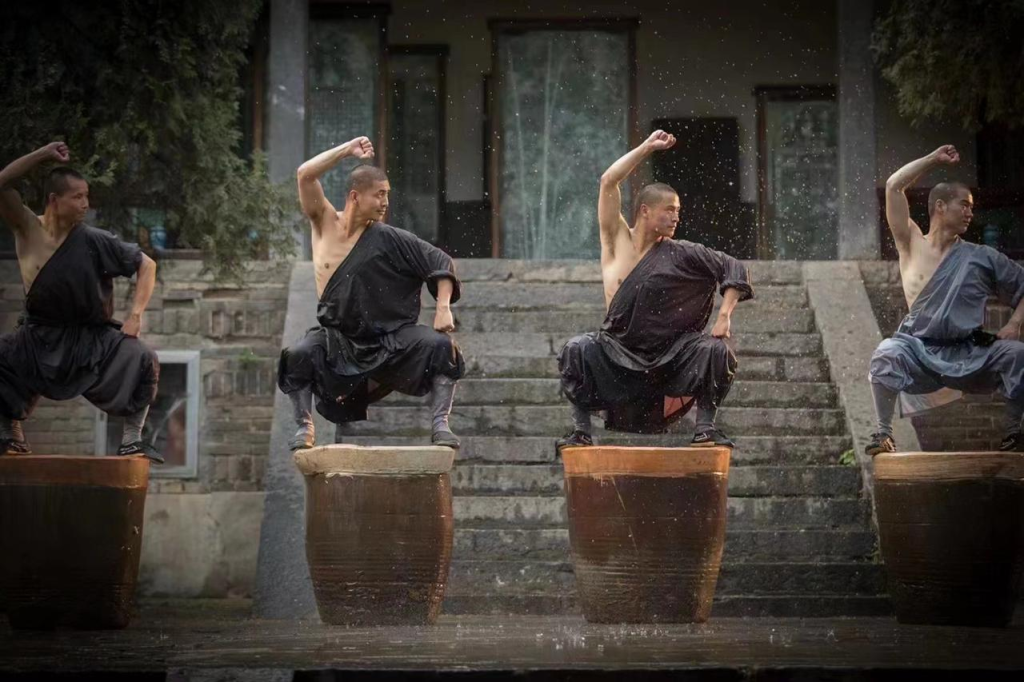
Come to Shaolin!
- Let ancient martial arts awaken your body’s potential and grace.
- Find profound calm and awareness through sweat and focus, guided by Zen wisdom.
- Embark on a journey integrating body, mind, and culture.
Your awakening could begin with your first step onto Songshan Mountain. Ready to write your own Shaolin chapter?

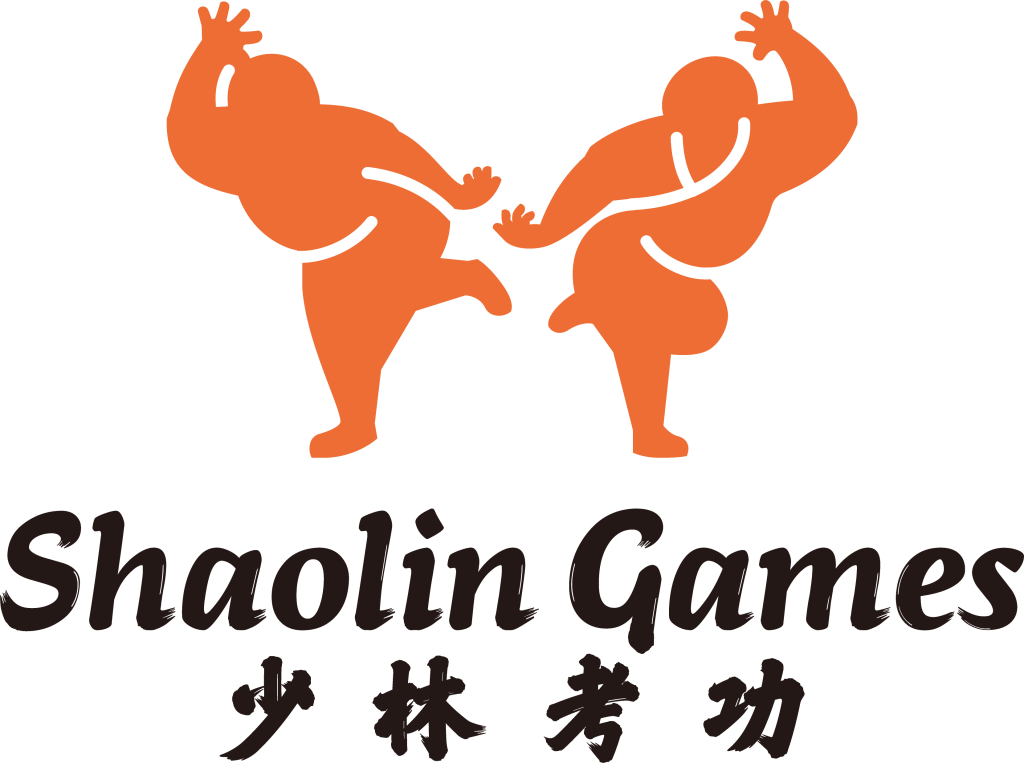
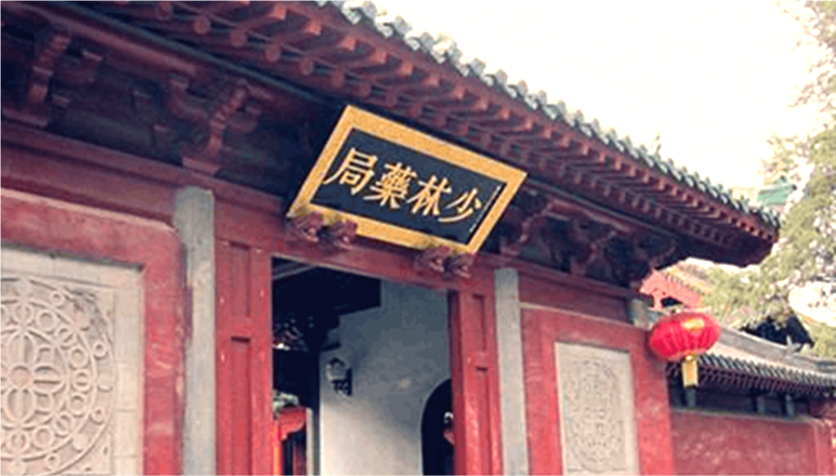



Leave a Reply